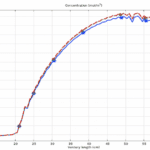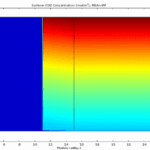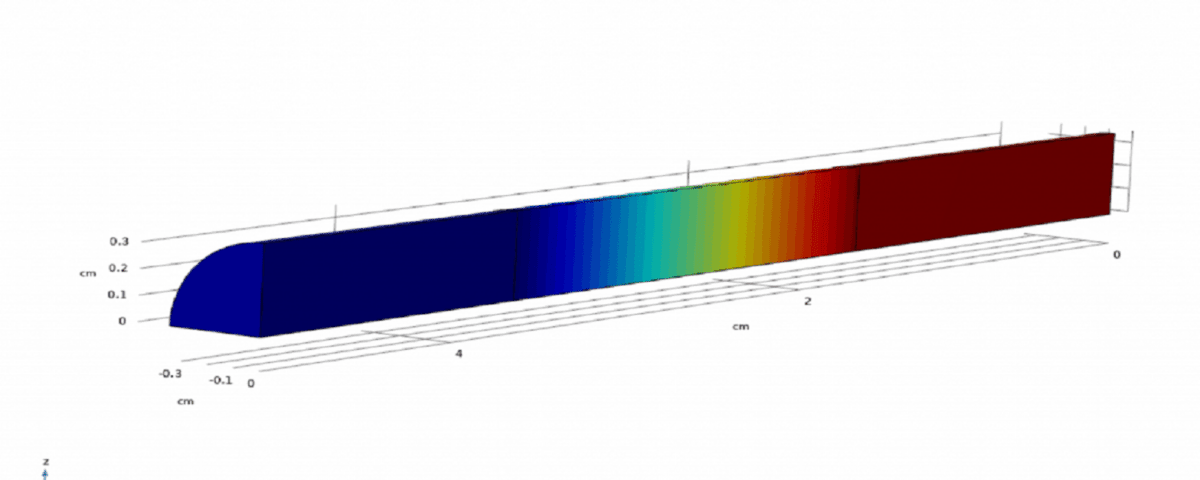Introduction
Modeling adsorption processes is one of the crucial tools in chemical engineering and environmental science, enabling the examination of complex mechanisms for the adsorption of pollutants and gases in various systems. Given the rising pollution levels resulting from industrial activities and the pressing need for optimizing purification processes, the application of modeling techniques—especially in adsorption columns—has gained significant importance. COMSOL software, recognized as one of the most advanced simulation tools, provides the capability for precise and comprehensive modeling of adsorbents and related processes.
Process Description
The aim of modeling the adsorption column is to obtain a mathematical model that can predict the adsorption mechanism and breakthrough curve profiles. In this project, the adsorption column has been modeled with specifications similar to those used in experiments. The assumptions considered in the modeling are as follows:
– The flow velocity through the solid medium is assumed to be uniform (plug flow) due to the neglect of pressure drop.
– Radial concentration distribution and axial dispersion are disregarded.
– The temperature along the medium is considered constant (isothermal conditions). Das and his colleagues (2004) demonstrated in their research that when the concentration of VOCs is around 50,000, 10,000, and 1,000 ppm, the maximum increase in the temperature of the medium during the adsorption process is approximately 7, 1, and 0.1 degrees Celsius, respectively.
In this project, the modeling of the adsorbent medium has been conducted using COMSOL software.
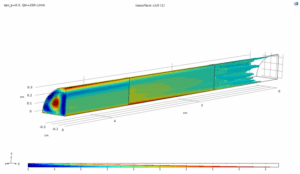
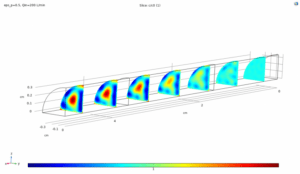
Conclusion
Modeling adsorbent beds in COMSOL software is recognized as a key tool for analyzing and optimizing adsorption and separation processes in various systems. This modeling approach allows for the creation of accurate simulations and multiphase analyses, enabling the investigation of flow behaviors and concentration distributions within adsorbent beds. By leveraging these capabilities, researchers and engineers can gain insights that lead to the enhancement of adsorption processes, ultimately contributing to more efficient and effective solutions for environmental and industrial applications.
